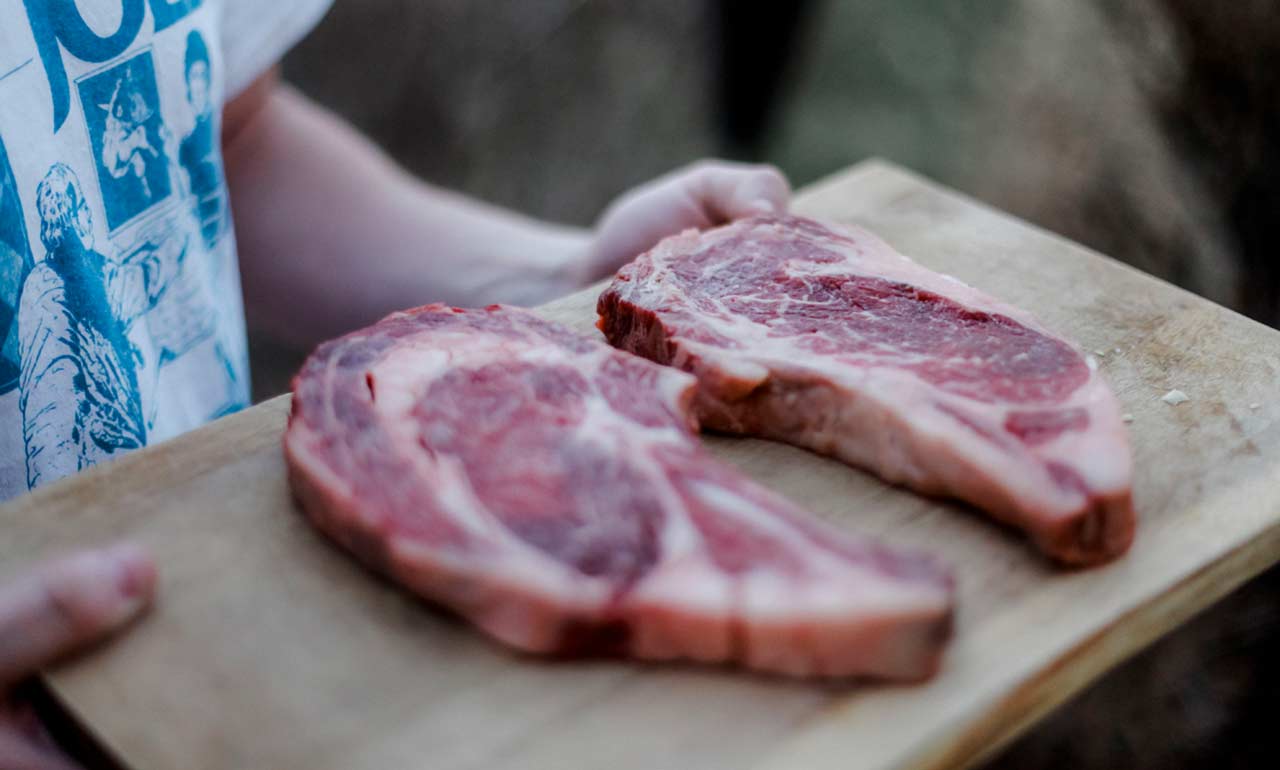Where to Buy Beef Tallow – Your Guide to Sourcing Top-Notch Tallow for Cooking
The Nutritional Benefits of Incorporating Beef Tallow Into Your Diet
Beef tallow has actually garnered attention for its distinct dietary profile, that includes a rich array of essential fats and fat-soluble vitamins that can sustain general wellness. Its make-up not only aids in nutrient absorption yet additionally gives a secure energy resource that might enhance metabolic feature. Its cooking adaptability allows for flavorful food preparation options that can add to a gratifying diet. The implications of integrating this traditional fat right into modern-day nutritional methods invite a closer assessment of its prospective advantages and downsides. What might this mean for your dietary selections?

Nutrient Account of Beef Tallow
Beef tallow flaunts a rich nutrient account that makes it a useful addition to different diet regimens. Mainly made up of monounsaturated and saturated fats, beef tallow is approximately 50-60% hydrogenated fat, which adds to its security at high cooking temperature levels. This attribute makes it an excellent choice for frying and roasting, as it resists oxidation and retains its dietary high quality.

In addition, beef tallow is complimentary from trans fats, making it a much healthier alternative to numerous veggie oils. Its nutrient thickness not only provides energy however also help in the absorption of nutrients from various other foods. As a traditional cooking fat, beef tallow can boost the taste of recipes while contributing to general nutritional intake, straightening well with various nutritional choices, including low-carb and ketogenic diet regimens.
Health And Wellness Conveniences of Healthy And Balanced Fats
Integrating healthy fats like those found in beef tallow into the diet plan can yield various health and wellness benefits that support total health. Healthy fats play a crucial function in preserving cellular structure, hormone manufacturing, and nutrient absorption. They are important for optimum brain function, as the mind is composed of virtually 60% fat, predominantly healthy and balanced fats.
One significant benefit of healthy fats is their contribution to heart health and wellness (where to buy beef tallow). As opposed to obsolete beliefs that all fats add to cardiovascular disease, studies suggest that healthy and balanced fats can boost cholesterol levels and decrease swelling, ultimately lowering the risk of cardiovascular disease. In addition, fats, such as those found in beef tallow, are a secure source of energy, providing continual gas for metabolic processes and physical activities
In addition, healthy fats can help in weight monitoring by promoting satiation, which can aid decrease overeating. They also sustain the absorption of fat-soluble vitamins, including A, D, E, and K, enhancing total nutrient uptake. By including beef tallow and various other healthy fats into the diet, individuals can boost their nutritional profile while enjoying a wide variety of health and wellness advantages that cultivate longevity and vigor.

Cooking With Beef Tallow
Food preparation with beef tallow supplies a flexible and flavorful option for a range of cooking applications. This made fat, acquired from beef, boasts a high smoke factor of roughly 400 ° F(204 ° C ), making it suitable for frying, sautéing, and roasting - where to buy beef tallow. Its Your Domain Name robust flavor improves recipes, presenting a rich, full-flavored top quality that enhances different ingredients
Beef tallow is particularly fit for conventional food preparation methods, such as deep frying, where it can create an exceptional crust on veggies and meats. The fat's ability to stand up to heats without breaking down ensures that you accomplish crunchy textures while keeping wetness within the food. Furthermore, its steady nature suggests it can be reused multiple times for frying, making it an economical choice for home cooks and expert cooking areas alike.
In baking, beef tallow can function as a substitute for butter or reducing, giving an one-of-a-kind depth of taste to pastries and pie crusts. In addition, it can be integrated into gravies and sauces, enhancing their taste and providing a delicious mouthfeel. By welcoming beef tallow in your cooking repertoire, you can raise your dishes while harnessing its nutritional benefits.
Contrasts With Other Fats
When examining cooking fats, beef tallow stands out in comparison to various other typical alternatives such as vegetable oils, butter, and lard. Among the most remarkable differences is the fat make-up. Beef tallow is mostly composed of saturated and monounsaturated fats, which are much more steady at heats, making it much less vulnerable to oxidation than polyunsaturated veggie oils. This stability enhances its suitability for frying and sautéing, where greater heat is usually utilized.
In contrast, while butter consists of advantageous nutrients like fat-soluble vitamins, it has a reduced smoke factor and can burn easily. Lard, similar to tallow, has a desirable fat profile however might have higher levels of polyunsaturated fats, depending upon the pig's diet regimen.

Vegetable oils, frequently marketed as healthier options, can be extremely refined and have trans fats, which have actually been connected to adverse health and wellness results. The omega-6 fatty acids common in numerous veggie oils can contribute to inflammation when consumed in unwanted. Overall, beef tallow offers a distinct balance of flavor, stability, and dietary advantages that can make it a more suitable option in different culinary applications.
Integrating Beef Tallow Into Meals
Beef tallow can be perfectly integrated right into a selection of dishes, improving both taste and nutritional value. This rendered fat, abundant in monounsaturated fats and vitamins A, D, E, and K, functions as a flexible cooking medium. It is optimal for high-heat applications such as frying and roasting, where it can pass on a mouthwatering depth to vegetables, meats, blog and also baked products.
When sautéing, consider using beef tallow as opposed to standard oils to boost the preference of stir-fries or vegetable assortments. For a heartier taste, try incorporating it right into mashed potatoes or velvety sauces, where its rich uniformity can develop a lavish mouthfeel. In addition, beef tallow can be utilized as a base for sauces, adding a robust taste profile that matches a range of dishes.
For those discovering baking, replacing beef tallow for butter or shortening in pie crusts can generate a flaky, flavorful outcome. When cooking, cleaning tallow on meats can enhance dampness retention and offer a delightful sear. By attentively incorporating beef tallow right into your dishes, you can enjoy not just improved tastes but likewise the remarkable nutritional advantages it provides.
Conclusion
Including beef tallow right into the diet supplies significant dietary advantages, including crucial fatty acids and fat-soluble vitamins that enhance overall health and wellness. Generally, the assimilation of beef tallow right into dishes can sustain wellness and well-being, making it an important addition to a balanced diet plan.
Mainly composed of monounsaturated and saturated fats, beef tallow is roughly 50-60% saturated fat, which contributes to its stability at high cooking temperatures. As a standard food preparation fat, beef tallow can improve the flavor of meals while contributing to overall nutritional consumption, straightening well with various nutritional choices, consisting of low-carb and ketogenic useful reference diet plans.
Integrating healthy fats like those found in beef tallow into the diet regimen can generate countless wellness benefits that support general well-being. By incorporating beef tallow and other healthy and balanced fats into the diet plan, individuals can boost their nutritional profile while enjoying a multitude of wellness advantages that foster durability and vitality.
When assessing cooking fats, beef tallow stands out in contrast to other usual choices such as vegetable oils, butter, and lard.